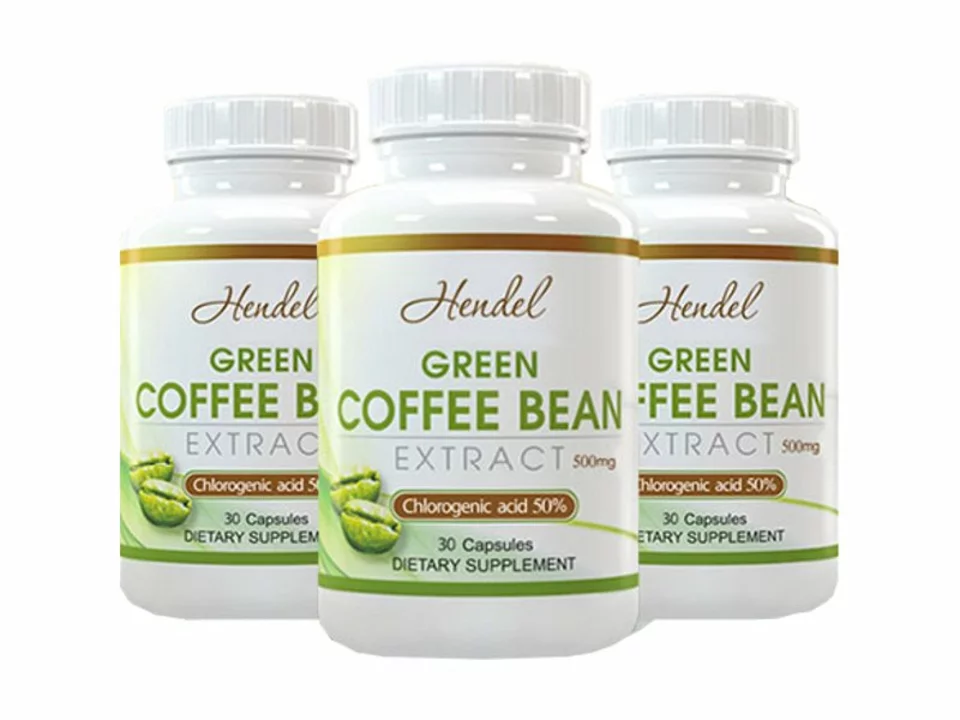Coffee Charcoal: What It Is and How to Use It
Have a pile of used coffee grounds? You can turn them into coffee charcoal — a lightweight, porous material that helps soil, soaks up smells, and makes neat DIY projects. It’s not the same as lab-grade activated charcoal, but homemade coffee charcoal is cheap, green, and useful if you handle it safely.
How to make coffee charcoal at home
Start by drying your used coffee grounds completely. Spread them thin on a baking tray and leave outdoors or in a low oven until dry. You’ll need a small metal container with a tight lid (an old tin or paint can works). Fill the can with dry grounds, seal it, and place it in a hot fire or grill. Heat it long enough for the organics to char but not fully burn to ash — you want carbonized material, not ash. Let the can cool fully before opening it; do this outside because the process creates smoke and gases.
Once cooled, the charred grounds look dark and crumbly. Crush them to a coarse powder or small chunks depending on the use. If you want more adsorption power for filters, commercial activation is best. DIY activation methods exist, but they need care and chemicals, so most home cooks stop at plain charcoal for gardening and odor control.
Practical uses and safety tips
Gardening: Mix coffee charcoal into potting mix at about 5–10% by volume. It improves drainage, helps retain moisture, and can reduce odors in compost bins. It also creates habitats for beneficial microbes. Don’t rely on it to fix nutrient problems — it’s an additive, not a fertilizer.
Odor control and storage: Put a small pouch of crushed coffee charcoal in the fridge, shoes, or pet area to absorb smells. Replace every few months once saturated. For household water filtration or medical uses, buy certified activated charcoal instead — homemade coffee charcoal may not remove contaminants reliably.
Skincare and teeth: Some products mix coffee and charcoal as exfoliants. Coffee charcoal can scrub dead skin gently, but avoid using it on broken skin. Don’t use homemade charcoal on teeth — it can be abrasive and damage enamel. For health or ingestion, only use pharmaceutical-grade activated charcoal and follow medical guidance.
Safety first: Do the charring process outdoors with good ventilation. Wear gloves and eye protection when handling hot cans or ash. Keep kids and pets away during the burning and cooling steps. Store finished charcoal dry in an airtight container to keep it ready for use.
If you want deeper how-tos or product ideas, check the related posts below for guides on safe online pharmacies, DIY health tips, and gardening fixes tied to everyday household items.
